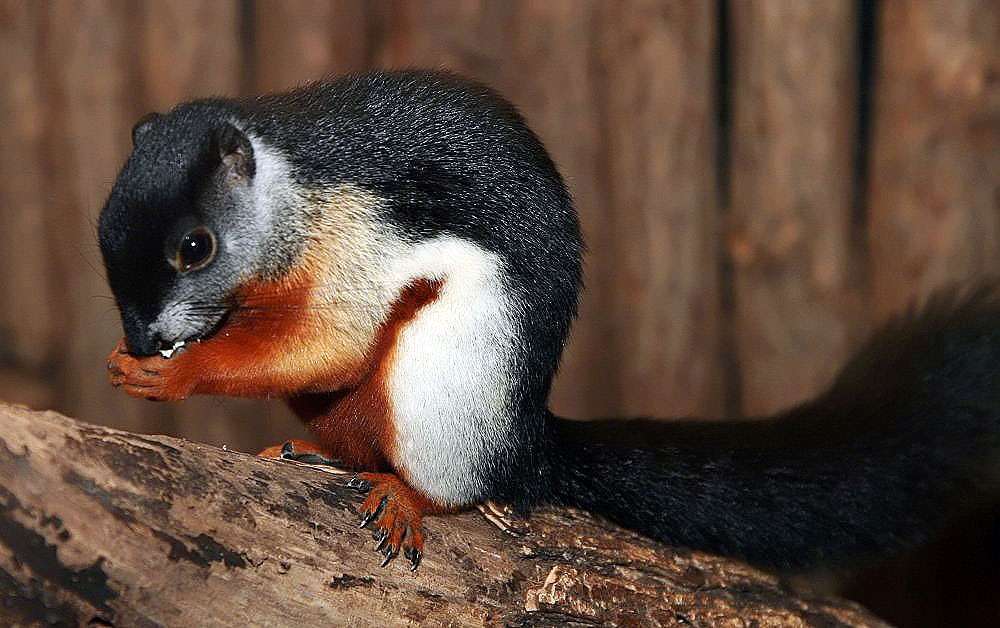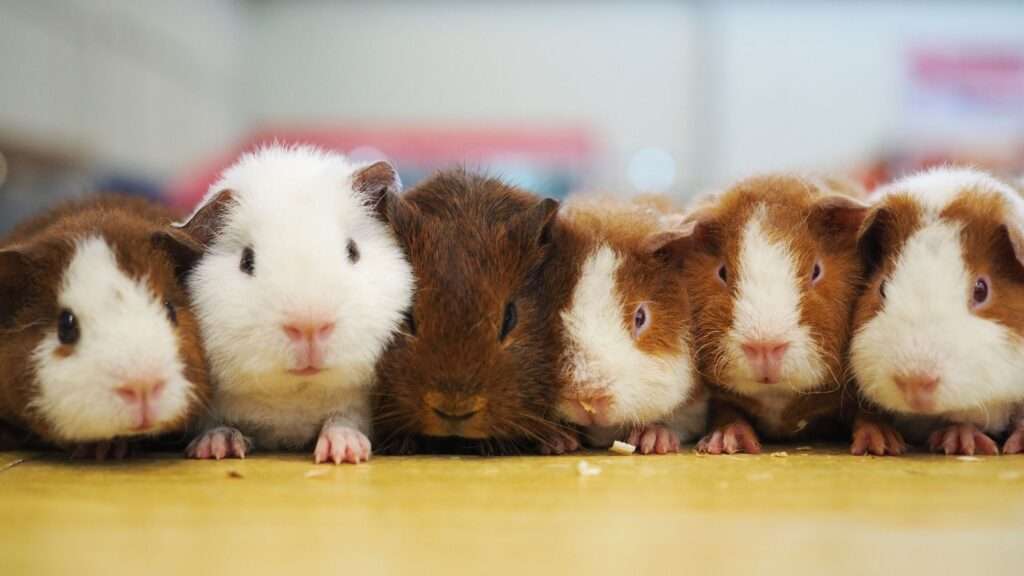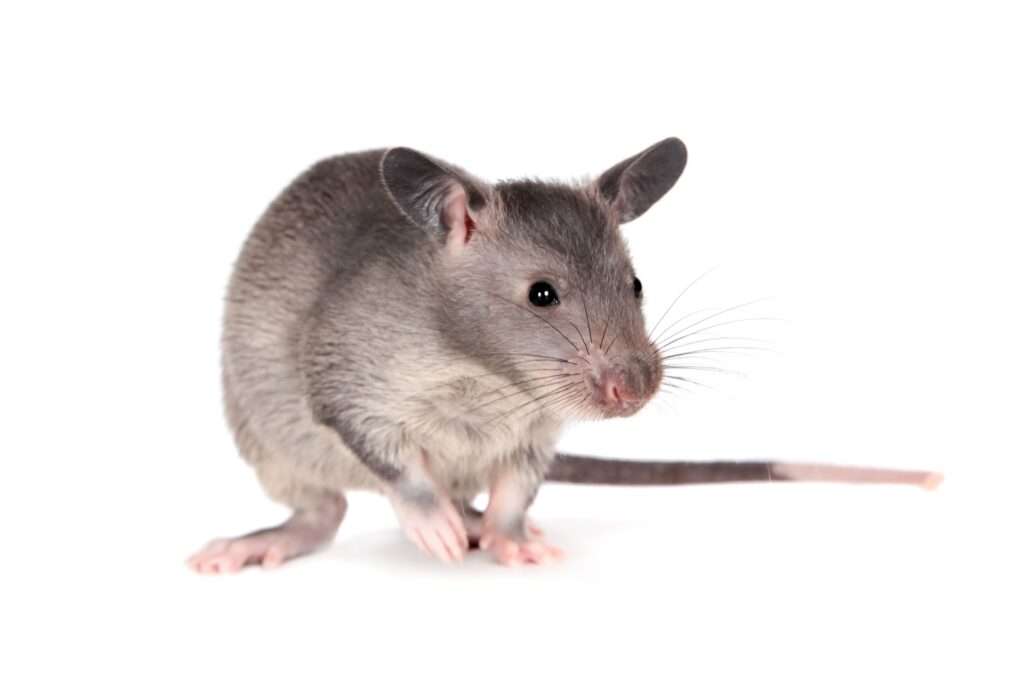
Description
Scientific name: Callosciurus prevostii
Life span: Up to 15-21 years in captivity
The Prevost squirrel is also called a tri-colored squirrel. Their upper half is black in color and the lower half is chocolate brown in color. These two colors are separated by a white stripe. The black nose is bordered by a white stripe that continues across the face. Additionally white, the thighs and flanks are. There are some variations among the subspecies, and some lack the white stripe. Their tail is a thick black bush. For balance when racing through the woods, use this. Their incisors have a chiseled form. Throughout their whole lifespan, they continue to expand. They will deteriorate with use over time.
Native Region/Habitat
They are native to Asia, Thailand, Indonesia, Sulawesi, and Malaysia.
As Pet

Behavior/Temperament
The Prevost squirrel is the most active animal. They will hunt in groups at this time. In the wild, these creatures have not been properly investigated. Martens and Eagles are the only known predators of Prevost’s squirrels at this time. Due to their preference for oil palm nuts, they may also face persecution from owners of palm oil plantations. Vocalizations and bodily gestures like tail-raising and waving are used for communication. They have extraordinary eyesight, which enables them to distinguish between other squirrels up to a few feet away.
Care/Grooming
Prevost Squirrels are very robust and good-tempered pets. They won’t take up a lot of room. A cage one-meter square should be adequate. However, squirrels enjoy moving around. They survive by foraging for food, thus they require room to roam. The addition of ladders, hammocks, and other climbing equipment is excellent. They would feel more at home with the artificial hollowed bark of trees or other materials. Because these squirrels live alone, seeing one could be amusing enough. During the day, this pet is incredibly nimble and energetic.
Table





